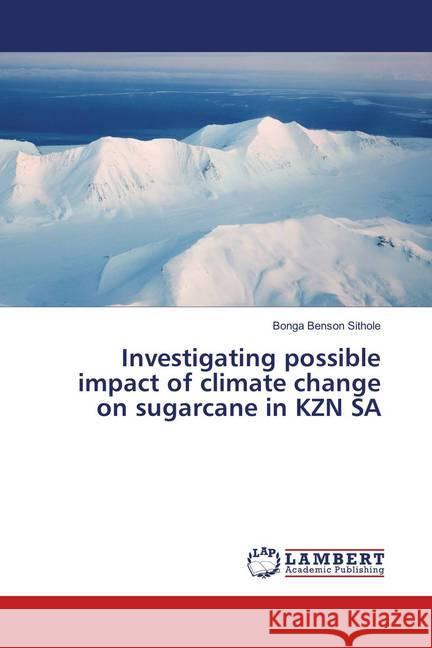Investigating possible impact of climate change on sugarcane in KZN SA » książka
Investigating possible impact of climate change on sugarcane in KZN SA
ISBN-13: 9786139820122 / Angielski / Miękka / 2018 / 92 str.
The main objective of the study was to identify and synthesize current knowledge, scientific literature and data relating to specific aspects of climate change in KwaZulu-Natal, South Africa. In order to achieve the objectives of the study, climatological data for the region were collected and analyzed through the Decision Support System Agro-tech Transfer (DSSAT) daily crop model in order to assess possible climate change impacts on sugarcane production. Daily rainfall, solar radiation, wind-speed, air temperature (minimum and maximum) and dew point temperature data for various sugarcane mill supply areas were collected from the South African Sugar Research Institute. DSSAT output reveals that the Umfolozi Mill Supply area has the tallest stalk height and Noodsburg has the shortest stalk height. Avalon soil type has proven to be more suitable for stalk growth. The study also shows an increase in the amount of trash on sugarcane in the latter years of the study period. RClimDex (1.0) software was used to determine if climate change did occur for the period 1966 to 2016"











